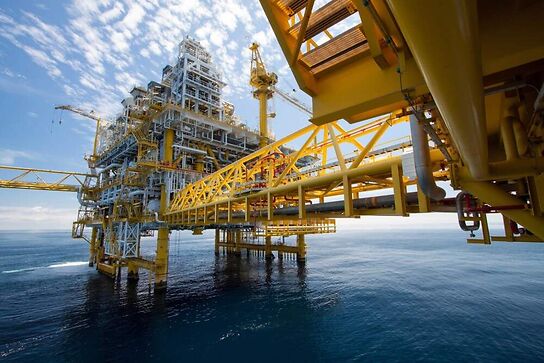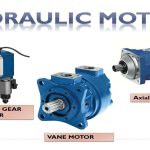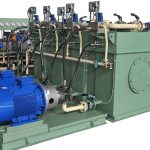Subsea hydraulics is a very niche area in the world of hydraulics engineering. It’s an area that is mostly focused in the oil and gas industry (90%), 9% in military and 1% in other. It encompasses seafloor systems, surface control equipment and the control of oil wells amongst other tasks such as cable maintenance and seabed exploration.
The Role of the Subsea Hydraulics Engineer
Subsea hydraulics engineers have some seriously interesting challenges to solve. Not only are they faced with the day to day hydraulic challenges that most of us deal with, but they also have to handle the sea, its power and pressure. The pressure found on the seafloor is extreme. What’s even more extreme is the pressure found inside the wellbores for underwater energy extraction.
One of the biggest challenges for these engineers is the development of Blowout Preventers (BOPs) that are used to contain oil. It’s what prevents oil from emerging into the ocean and creating a giant spill that results in a wildlife emergency. This can prove to be very costly for oil companies.
BOPs have to be designed, tested and operated in addition to having procedures written and processes established. Subsea hydraulic engineers also handle other equipment such as the subsea robots that are also known as Remote Operated Vehicles (ROVs). ROVs need to be winched into and out of the water using hydraulic power at the winch. In fact, you may find some of our hydraulic power units in use at winches.
Developing a deep water oil field requires an astonishing amount of equipment. Although there are some electric systems used, the controls are typically managed with hydraulics. The field could be giant and cover miles from one side to the other.
Oil Fields can be miles across…
…and involve large amounts of subsea equipment. The job of the subsea hydraulics engineer is to ensure that all equipment is working the way it should be. There are calculations to do, designs to create in addition to plenty of operating procedure and process writing and revising. There’s also a requirement to develop a schematic of how each piece of equipment sourced from different vendors is going to operate and interface on the sea floor. This takes a lot of PowerPoint and Excel use to map this out for the other employees and management!
The Subsea Hydraulics Engineer Prevents Disasters
A major part of the role is to do the small day to day things that go a long way in preventing anything exciting from happening. We don’t want to have to get involved in issues such as needing to perform an oil spill recovery. In this industry, even the smallest mistakes can cause disasters that poison marine wildlife, sink expensive equipment or even kill people. It’s something that we take very seriously.
Some hydraulic engineers in other companies do tasks such as design remotely operated vehicles (ROVs) and launch and rescue systems (LARS) for use by the oil and gas industry, movie makers, the navy, explorers, scientists and even treasure hunters.
Hydraproducts has customers in a broad range of industries, including in the subsea fields. We supply hydraulic power units from micro size to bespoke size to suit whatever is required in all industries, including marine related.



Comments are closed